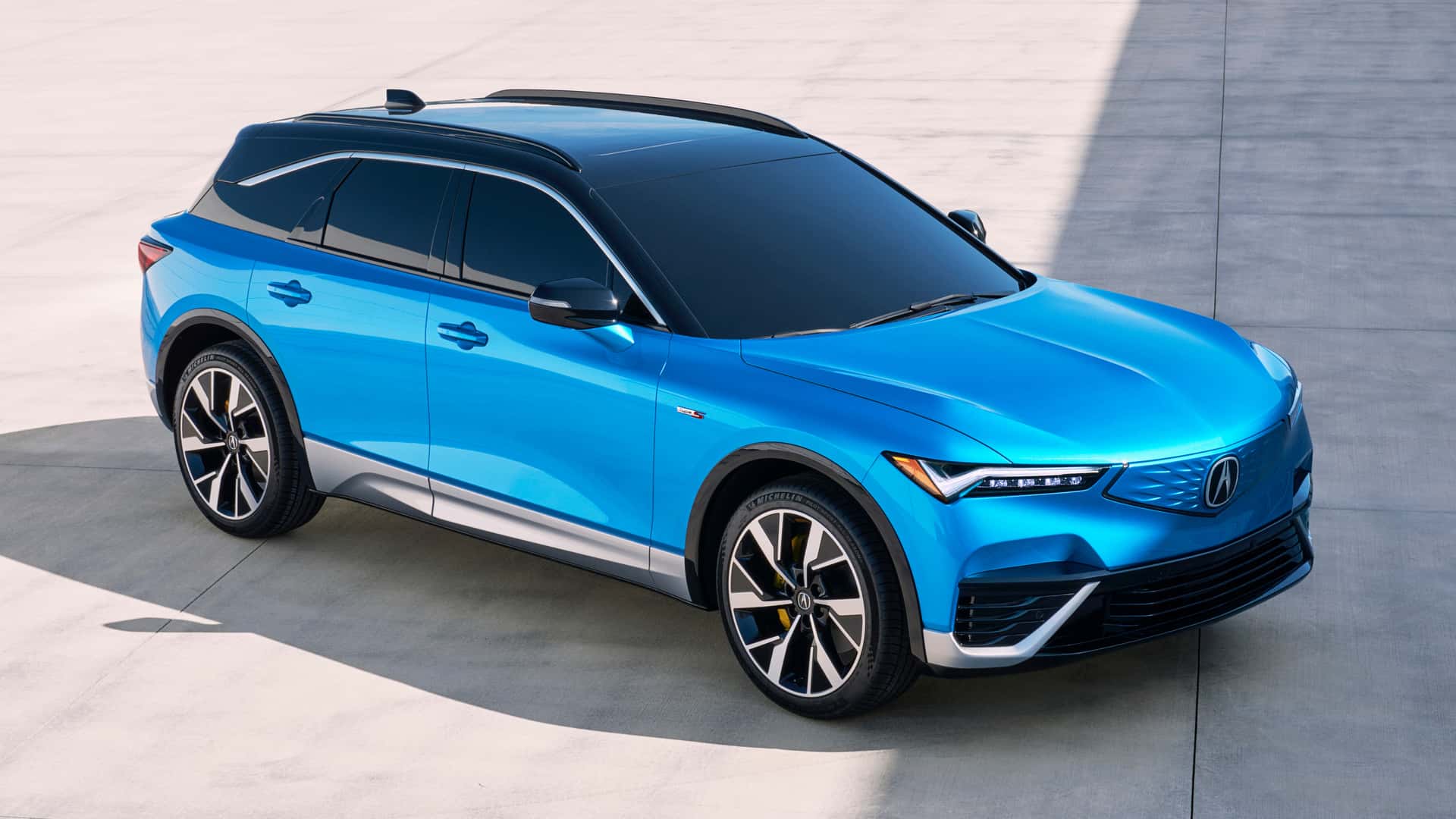
Honda and its luxury Acura brand will adopt Tesla’s North American Charging Standard (NACS) charging connector in North America.
According to Autoblog, American Honda Motor Co. President and CEO Noriya Kaihara confirmed in a recent interview that the company will join the NACS coalition: “It is quite important. We also have to push NACS, as well. It is clear.”
It’s not clear when the first Honda and Acura all-electric models will get NACS charging inlets (other manufacturers are targeting 2025).
The Japanese company noted that a lot depends on General Motors, as the first two all-electric Honda and Acura models are based on GM’s Ultium platform and will be produced at GM’s plants.
GM also signed up for the CCS1-to-NACS switch, starting in 2025, so there is a big chance that Honda/Acura will be ready for NACS in 2025 or 2026. However, initially, the first BEVs – like the Honda Prologue and the recently unveiled Acura ZDX – will be equipped with the Combined Charging System (CCS1).
Shinji Aoyama, Executive Vice President of Honda Motor Co., said during Friday’s interview: “We clearly depend on GM. Once they [switch to NACS], this will follow for ZDX, as well.”
Honda is also working on its own platform for future all-electric models, which will follow the first two Ultium-based BEVs. We can assume that as far as North America is considered, those BEVs will support NACS right from the start.
Meanwhile, Honda together with several other OEMs – BMW Group, General Motors, Hyundai, Kia, Mercedes-Benz, and Stellantis – will create a new joint venture fast charging network in North America, with a focus to make it secure, reliable and accessible.
According to Autoblog, Jay Joseph, American Honda’s Vice President of Sustainability and Business Development, said: “The software needs to be really reliable and really open infrastructure so it communicates with every OEM’s software. The hardware needs to be capable of the highest levels of charging. It needs to be secure, it needs to be reliable, it needs to be accessible.”
Jay Joseph also mentioned the very good maintenance of the Tesla Supercharging network, as something important for the new network: “If you look at what’s so great about the Tesla Supercharger network, it’s the maintenance. They stay on top of it, they’ve got someone onsite monitoring the equipment, they’re monitoring it electronically and remotely, and they fix it – fast. That’s probably the most important thing.”

